While hiking the Alps in the summer months, I’ve often found myself in what feels like an unending walk uphill, where – as much as I love hiking – the more I pick up my feet, the taller the mountain seems to get. Although my logical brain is happy enough to take a breath, look at the map, and soak up the amazing view; my strongest motivation often comes from my stomach! It’s in times like these I start making my dinner plans for when I do finally arrive in town, or I let myself go down the rabbit hole daydreaming about what might be on the half-board menu at the hotel for the evening. Although my cravings may vary from day to day, there is nothing that consistently hits the spot like fresh pasta!
Staying and working from home over the last several months, I’ve found myself craving the foods of my travels. Cooking them in my own kitchen has been a fun way to travel vicariously through my memories and my stomach!

I always find it kind of interesting how a small change in your routine can make you start to see things you often overlooked or simply never noticed were there all along. If you get a new car, all of a sudden you see every other person on the road who has that same car. When you put a fresh coat of paint on your house, all of a sudden the color isn’t quite as unique as you thought it was. Last summer while I was hiking through the Dolomites, one of the first meals I had when I arrived was a plate of Casunziei. Once I had that first plate of these unexpectedly delicious filled pasta, I couldn’t stop seeing them everywhere I went. Lucky for me, I couldn’t have asked for a better bite to capture the desires of my palate.
Like most regional dishes, Casunziei’s origins are a little murky and vary based on who you ask. What is consistent, however, is that this simple peasant dish is hearty, filling, and draws upon simple ingredients that keep well and grow well in the region. My favorite variation is filled with a mixture of cooked beets and ricotta with the pasta tossed with brown butter, poppy seeds, and topped with a grated hard cheese like pecorino romano. Certainly not a combo you would think of right off the bat, but so delicious. This mezzelune or half-moon pasta can also be found filled with pumpkin, ground meat, and other hearty local vegetables.
Because this dish is a local specialty you can expect to find it on most menus as you hike around the Dolomites; and if you like it, I would highly recommend trying as many of them as you can during your travels. What better time to eat too much pasta than on a hiking tour?
Here’s the Recipe:
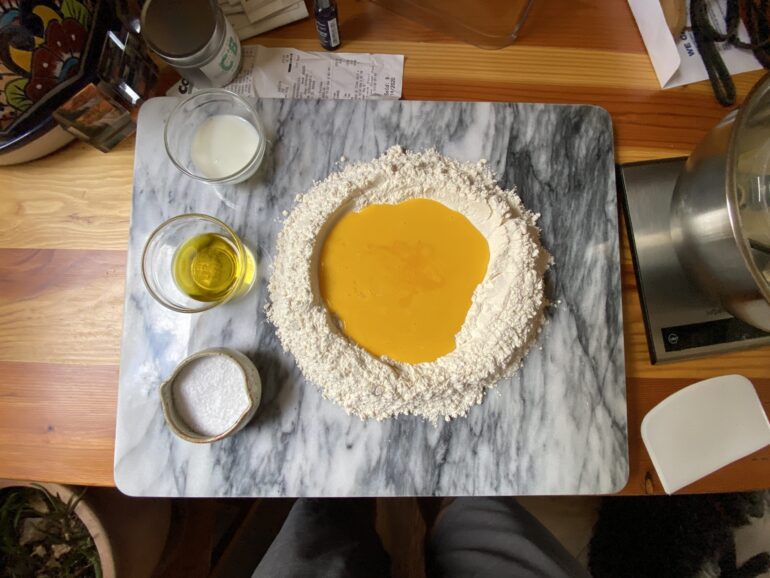
Making fresh pasta can certainly seem like a daunting task if you haven’t made it in the past, but don’t let that stop you from taking on this surprisingly simple meal. In my experience, having access to 00 flour and high quality egg yolks yield some spectacular results, but you can also make fantastic pasta following one of these two simple recipes with ingredients that you likely already have at home.
Once you’ve got the pasta dough ready, all you need is the filling. I found it best to keep things simple with the following combo:
- 3-4 medium sized red beets
- 8 oz. ricotta cheese
- 4 Tbsp. unsalted butter
- 16 oz. stock or broth
- 1 Tbsp. poppy seeds
After peeling the beets, dice them into ¼ inch cubes and saute over medium/high heat with 2 Tbsp. of butter. Once the butter is absorbed by the beets, add the stock 1 cup at a time and reduce the heat to medium. As the stock reduces, make sure to check the beets. Once they are tender and easily pierced with a fork, shut down the heat and transfer the beets to a blender with the ricotta cheese. Blend until smooth, adding additional stock as needed to get a creamy texture or pulse for a chunkier filling.
From here, allow the filling to cool in the fridge for several hours or even overnight. When you’re ready, roll out your pasta and put small dollops about 1 Tbsp. in size in a line about 2 inches apart from one another. Fold the pasta over on itself, gently pressing the edges together to seal in the beet filling. Using a small ring cutter, cut out the half moon shaped pasta and place on a baking sheet dusted with flour. Once all of the pasta is cut out you’re ready to cook them. The pasta can also be held in the fridge overnight or frozen for up to two months.
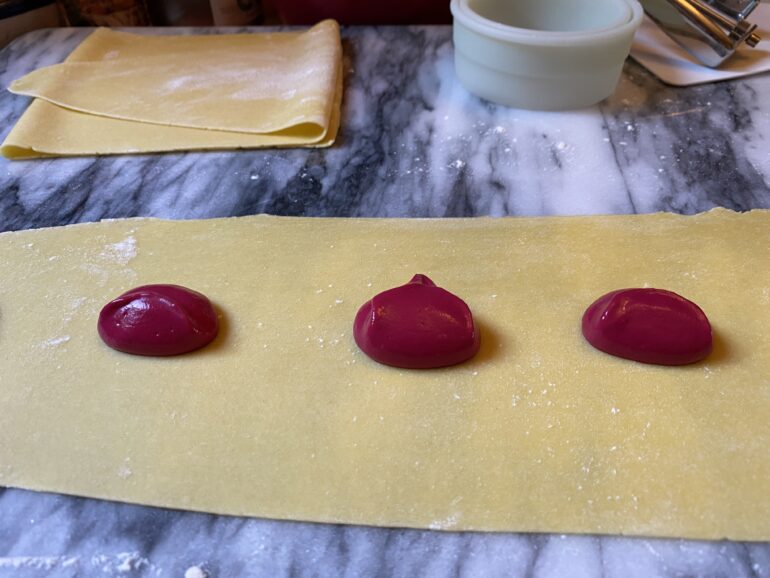
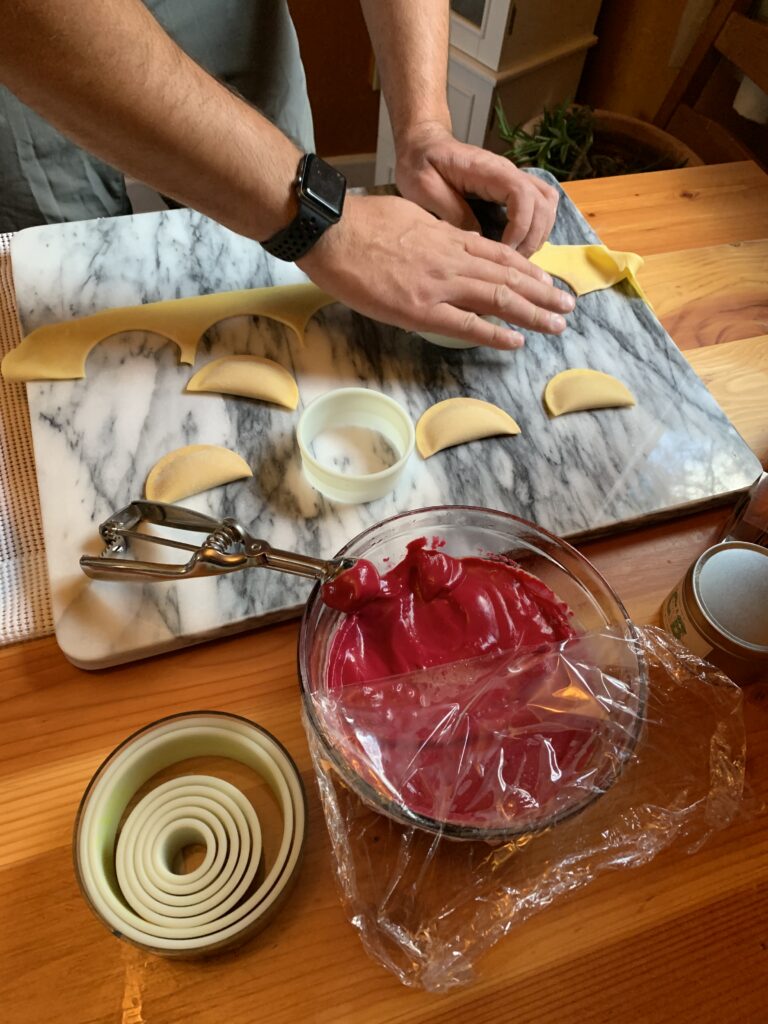
When you’re ready to cook, boil a large pot of salted water – enough salt that the water tastes like the ocean. Because this is a filled pasta, it will sink when you add it to the boiling water and rise to the top when it is cooked. Once it rises to the top, I suggest letting it move around the top for another 60-90 seconds, especially if it was previously frozen. Skim the Casunziei off the top of the water and immediately transfer the pasta to a warm skillet with the remaining melted butter and poppy seeds. A quick saute in the pan will finish the cooking process and you can add it to your plate or a bowl and top with the grated cheese of your choice. I would also suggest finishing the dish with fresh pepper and a pinch of salt.
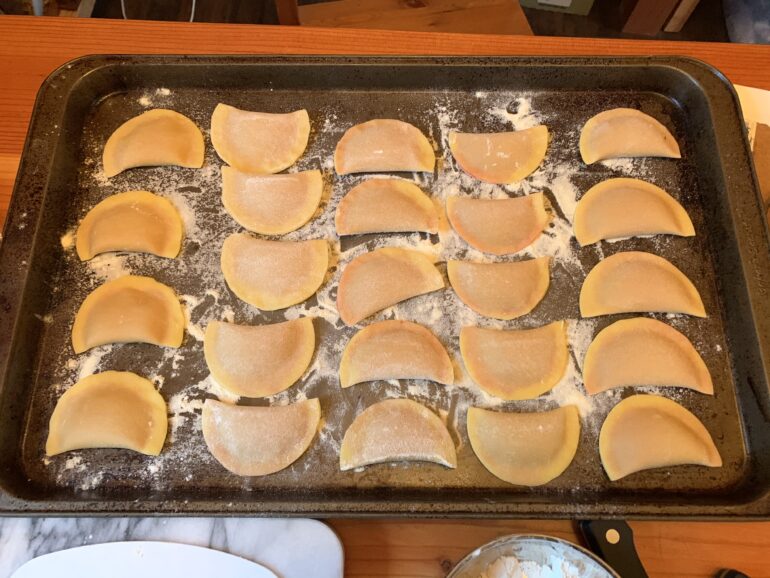
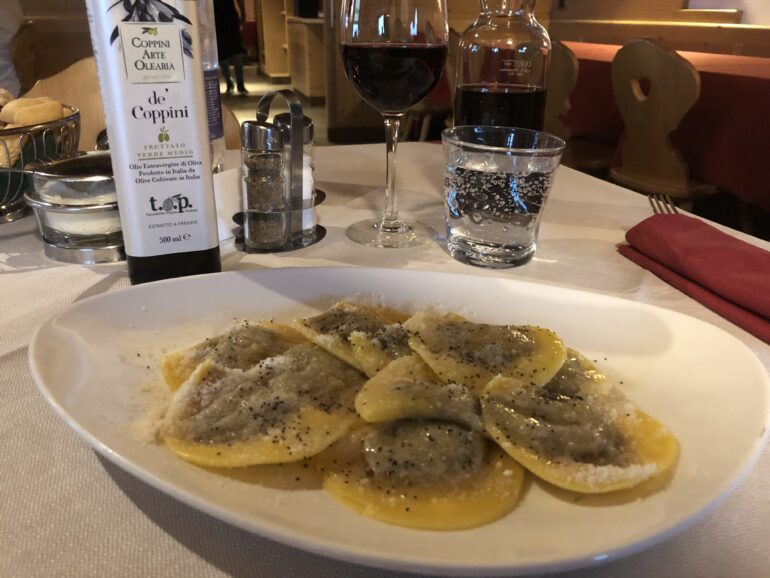
This is a great dish on its own or with a simple salad. Even though each individual ravioli won’t be all that large, the dish itself is still quite filling. A little goes a long way with this rich, tasty pasta. Good luck and I hope that you enjoy this delicious dish as much as I do!

